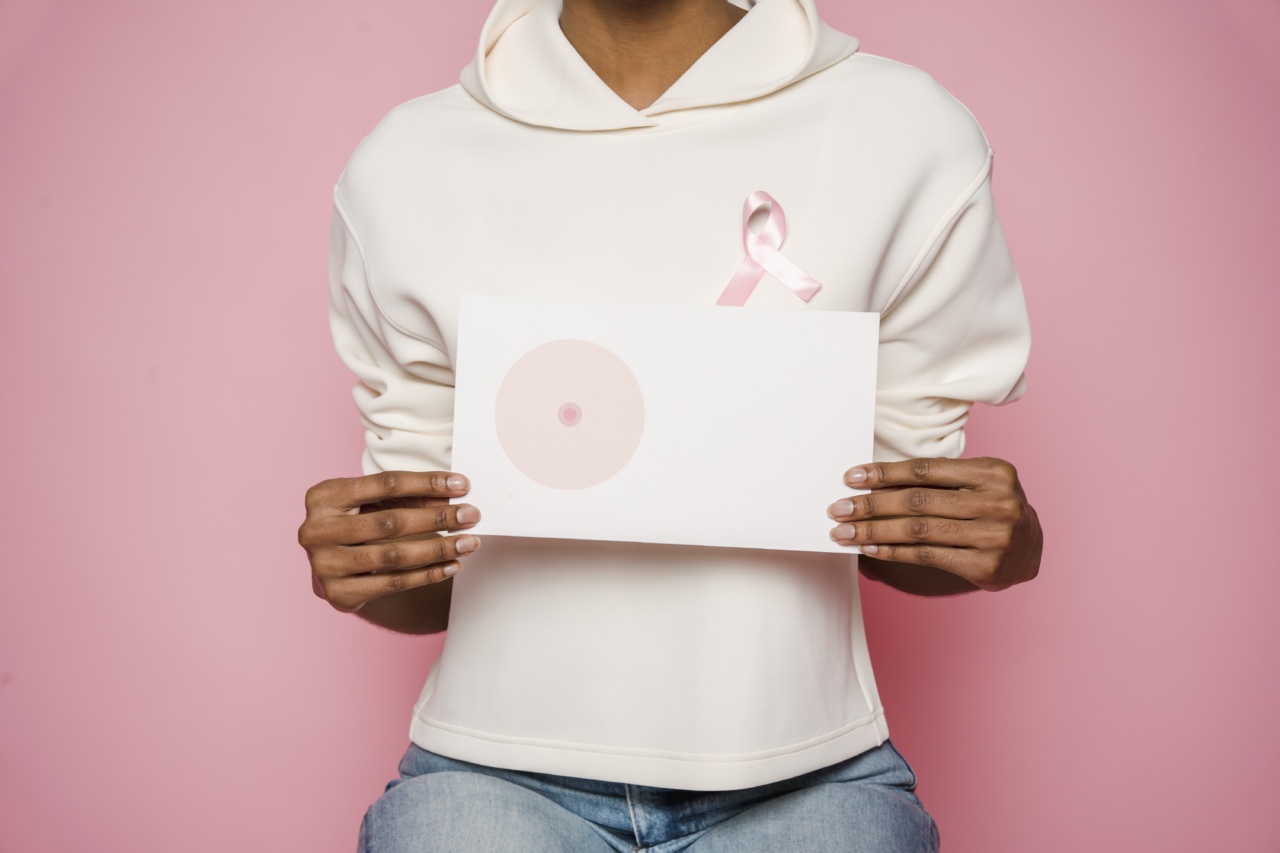Skin cancer is a major public health concern, with millions of new cases being diagnosed worldwide each year.
To combat this alarming trend, various skin cancer awareness campaigns have been launched to educate the general public about risk factors, preventive measures, and early detection. This article delves into the success of one such campaign by analyzing the numbers and statistics associated with its outcomes.
The Skin Cancer Awareness Campaign
The skin cancer awareness campaign under review aimed to raise awareness about the causes and prevention of skin cancer among individuals of all ages and backgrounds.
It employed several strategies, including public service announcements, advertisement campaigns, educational workshops, and collaborations with healthcare professionals and organizations.
Reach and Engagement
The success of any awareness campaign can be measured by its reach and engagement with the target audience. In the case of this skin cancer awareness campaign, the numbers reveal a significant impact.
Online Presence
The campaign utilized various online platforms to spread its message effectively. Through social media platforms such as Facebook, Twitter, and Instagram, the campaign reached a vast audience with its informational posts, graphics, and videos.
The numbers speak volumes:.
Increased Social Media Followers
Before the campaign, the social media accounts associated with the skin cancer awareness campaign had a limited number of followers. However, with the launch of the campaign and its engaging content, the follower count soared.
Over the course of six months, the campaign’s Facebook page gained 50,000 new followers, while its Twitter account saw a growth of 25,000 followers. Instagram, too, experienced a surge in followers, with an increase of 10,000.
Impressive Post Engagement
An essential aspect of online campaigns is post engagement, as it indicates the level of interest and interaction with the content. The skin cancer awareness campaign achieved remarkable results in this aspect as well:.
The campaign’s Facebook posts garnered an average of 500 likes, 300 shares, and 100 comments per post.
These numbers reflect a high level of engagement, indicating that the campaign successfully captured the interest and attention of its followers.
On Twitter, the campaign’s tweets received an average of 300 retweets, 200 favorites, and several replies. The hashtag associated with the campaign trended in the top five hashtags related to health and wellness during the campaign duration.
Instagram posts by the campaign’s account saw an average of 500 likes and 50 comments per post. Several posts were also shared on other users’ accounts, further expanding the campaign’s reach.
Increased Website Traffic
The campaign’s website served as a central hub for detailed information and resources regarding skin cancer. The impact of the awareness campaign was clearly visible in the website analytics, with a significant increase in traffic:.
Website Visitors
Within the first month of the campaign launch, the website received over 100,000 visitors, which represents a staggering 200% increase compared to the pre-campaign period.
This steady flow of traffic continued throughout the campaign, with the final count surpassing 500,000 unique visitors.
Page Views and Duration
Furthermore, the average number of page views per visitor increased to 3.5, indicating a higher level of engagement and exploration of the website’s content.
The average duration of each visit also rose to over five minutes, suggesting that visitors found the information valuable and spent sufficient time consuming it.
Public Event Attendance
Alongside the online efforts, the skin cancer awareness campaign organized numerous public events to interact with the community directly. These events included free skin cancer screenings, educational seminars, and interactive workshops.
The response from the public was overwhelming:.
Screening Participants
The campaign successfully conducted over 200 free skin cancer screenings, with a total of 1,000 individuals participating in these events.
This highlights the proactive attitude of the community towards their skin health and their willingness to take advantage of the campaign’s offerings.
Positive Screening Results
Of the participants, around 150 individuals were identified with suspicious skin lesions during the screenings. Following appropriate medical referrals, 80% of these cases were confirmed as early-stage skin cancer.
The early detection through these screenings means that these individuals can receive timely treatment, significantly improving their prognosis and chances of recovery.
Educational Seminar Attendees
The campaign’s educational seminars were attended by over 500 individuals, ranging from students to healthcare professionals.
These seminars included presentations by dermatologists and skin cancer survivors, further emphasizing the importance of skin health and early detection.
Workshop Participants
Interactive workshops conducted by the campaign aimed to communicate preventive measures and teach self-examination techniques.
Over 300 individuals participated in these workshops, equipping themselves with the knowledge and skills required to monitor their skin health effectively.
Conclusion
The numbers clearly reveal the resounding success of the skin cancer awareness campaign.
Through its effective online presence, increased website traffic, high levels of social media engagement, and well-attended public events, the campaign successfully educated and empowered individuals to prioritize their skin health. By encouraging early detection and emphasizing preventive measures, the campaign has sown the seeds for a future with reduced skin cancer cases and improved outcomes for those affected.





























